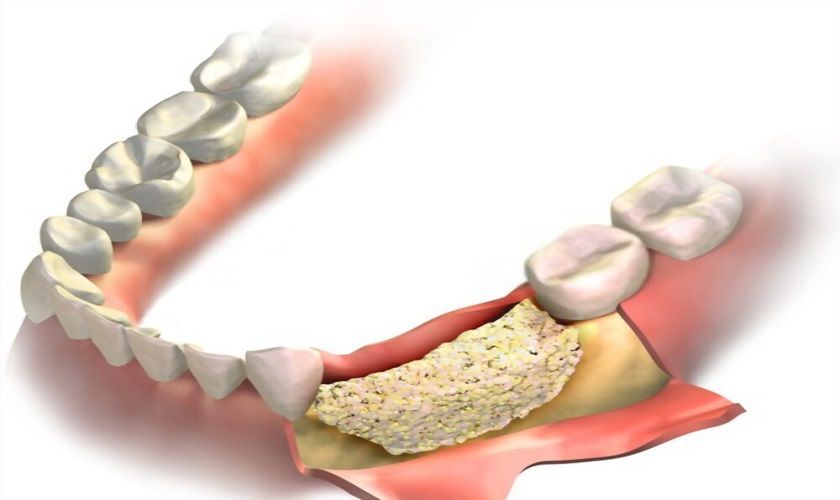Bone Grafting
Bone Grafting
When you lose a tooth, the bone that held the tooth in place starts to deteriorate. Loss of bone support around existing teeth may also happen if you have periodontal (gum) disease. If you’ve had a missing tooth for a few years, you may not have adequate bone density for a dental implant. The loss of a tooth and surrounding bone often results in the sagging of facial features, which can prematurely age the face and complicate treatment for the replacement of missing teeth.
Fortunately, with the use of the latest bone grafting techniques, the bone can often times be rebuilt to adequate levels for the placement of individual or multiple implants. However, if you’re interested in implant dentistry, Dr. Godko strongly believes it’s best to start proper planning of the case before the tooth or teeth are lost in order to set yourself up for ultimate success.
Our bone grafts come either from human or animal donors and are treated and processed by tightly regulated tissue banks in order to make the graft sterile and safe. The membrane is generally used in conjunction with bone grafting in order to cover the bone graft and maintain it. The bone graft needs a membrane to act as a scaffold around which your body will build new bone.


